Tamron 17-50mm f/4 Di III VXD: Not a Perfect Lens, But Still a Good One
Tamron has built a reputation for creating some unique focal ranges. Take, for example, the 35-150mm that recently hit the market and really impressed. What might seem at first to be an odd range can end up being very useful. So the same could be expected of the 17-50mm f/4 Di II VXD, right?
I have to admit, when I heard about the new $699 17-50mm lens I assumed it was a normal zoom for APS-C cameras. It turns out that this is a very compact and handy ultra-wide to normal lens that would pair nicely with a telephoto zoom, without the need for anything else.
Tamron 17-50mm f/4 Di III VXD: How it Handles
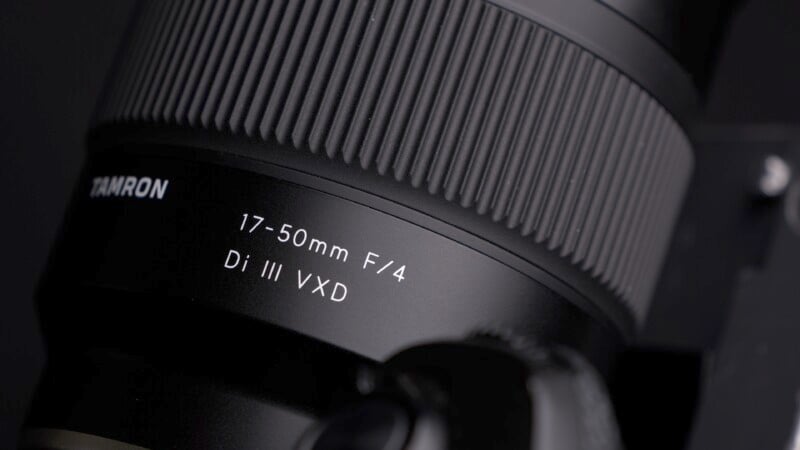
The Tamron 17-50mm f/4 only weighs 16.2 ounces (460 grams) which is very impressive. This may largely be due to the plastic housing that Tamron likes to use on its modern lenses but I’ve never had an issue with any sort of reliability due to this construction.
The 17-50mm is weather sealed and the rings are tight and well dampened. Tamron has built this lens with almost no switches or controls save for one custom button on the side. Tamron has an excellent software app that interfaces with the lens through the single USB-C port on the side and you can customize what directions the rings turn, how the focus responds, and what the custom button does. I still wish there was a traditional switch to turn on and off autofocus, however.
Tamron loves to fit its lenses with 67mm filter threads and the 17-50mm is no exception.
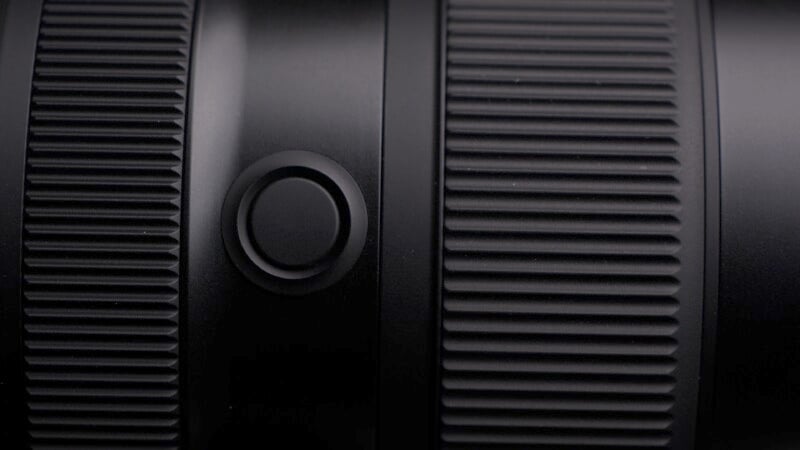
Tamron 17-50mm f/4 Di III VXD: How it Shoots
Walking the streets of a neighborhood in Calgary, I was given some warm early morning sunlight. Sun is a fleeting thing in December, so I immediately tested the flare characteristics and sunstars. The 17-50mm handles bright light very well, with no real loss of contrast and only a small amount of ghosting. The ghosting only appears when the lens is stopped down to tighter apertures and presents as a small vivid point of light with a subtle ring below it. Unfortunately, the sun stars are not very dramatic from this lens and tend to have a blurry appearance and lack definition. This might turn off some landscape users.
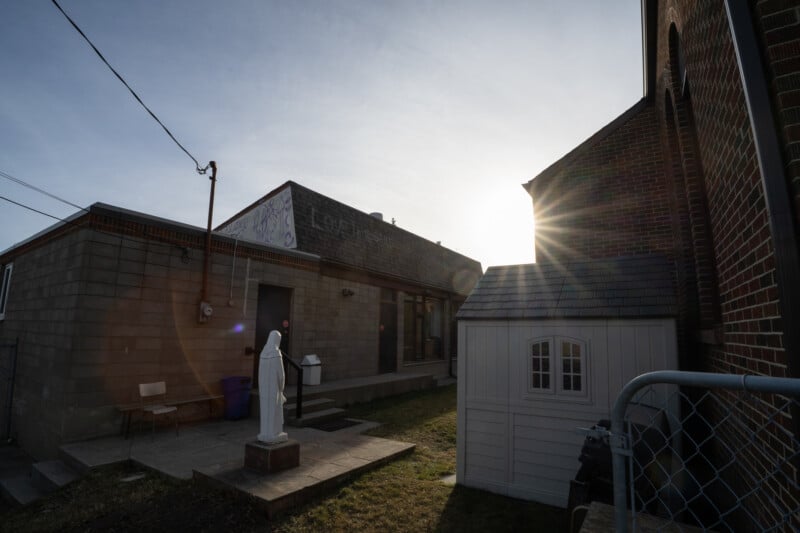

The lens can focus fairly closely to provide a kind of pseudo-macro capability. It does its best work at 50mm giving a decent amount of working distance and a macro reproduction ratio of just over 1:4 life-size. I was impressed with the sharpness of subjects up close as well, so I would say the 17-50mm has some added versatility out in the field.
Thanks to the VXD motors, the 17-50mm focuses quickly and snappy, even when up close.

When it comes to sharpness, I do have some concerns with the 17-50mm lens. First, I’ll say that the Tamron performs slightly better in the 50mm range than in the 17mm range. Regardless, the lens is always sharp in the center of the frame, even at f/4.
It’s the corners that are lacking in this lens.
At 17mm, the corners are fairly soft and although stopping the lens down helps quite a bit, they never really get great. It’s the same story in the 50mm range and as a result, this is a lens that I would consistently endeavor to shoot at tighter apertures.
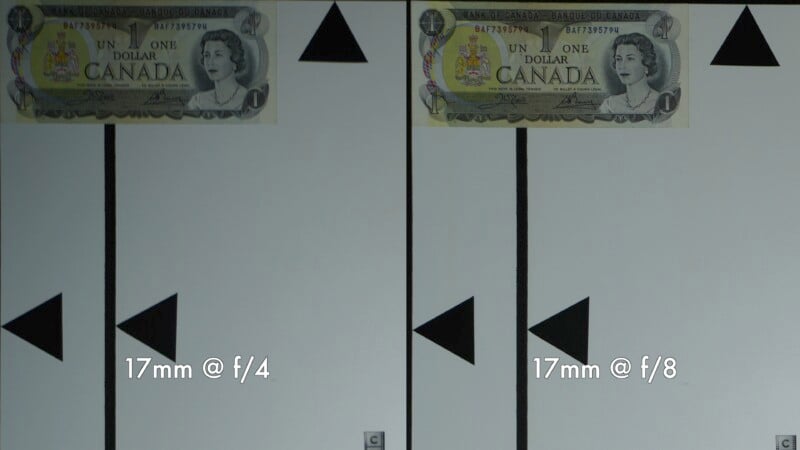
Bokeh on the Tamron 17-50mm f/4 shows lots of onion rings and a strong soap bubble effect on every specular highlight. Luckily, the transitions between in-focus and out-of-focus areas are fairly smooth looking. This is certainly an area where Tamron didn’t put as much effort into improving the look but to be fair, when shooting at the wider focal lengths it’s less of an issue.

For video work, this is a great little vlogging lens or gimbal optic. It’s lightweight and as I’ve mentioned before, gives you full control over the rotational direction of the focus rings, and whether the focus is linear or not. Breathing is fairly well controlled too so feel free to focus pull all day long.
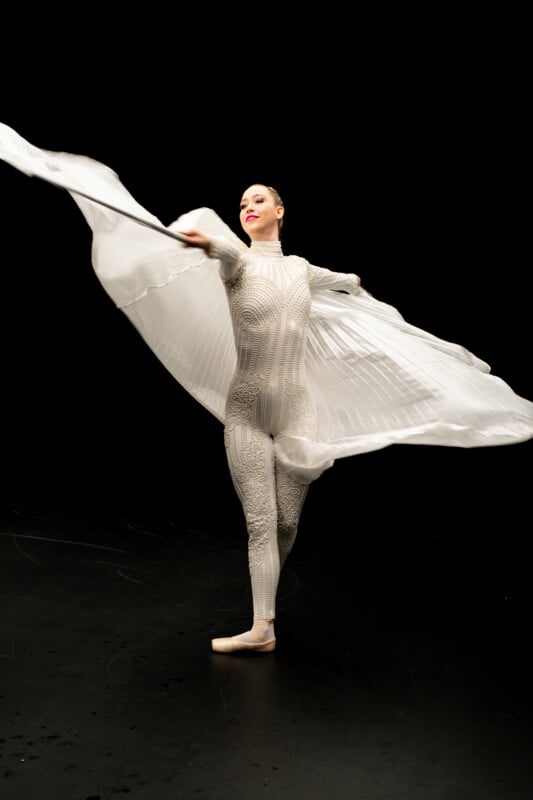
Tamron 17-50mm f/4 Di III VXD: A World’s First
Don’t get me wrong. Despite the somewhat lackluster corner sharpness, the Tamron 17-50mm is a handy lens. Kudos to Tamron for exploring focal ranges that are traditionally avoided. The 17-50mm f/4 Di III VXD would make for an excellent little walk-around lens or travel landscape tool. Tamron has been on a roll lately making excellent lenses at competitive prices and I could see the 17-50mm paired with the 70-180 f/2.8 to become a perfect combination that covers a huge range. Tamron lets you have good optics without the weight and bulk, and all at an affordable price.
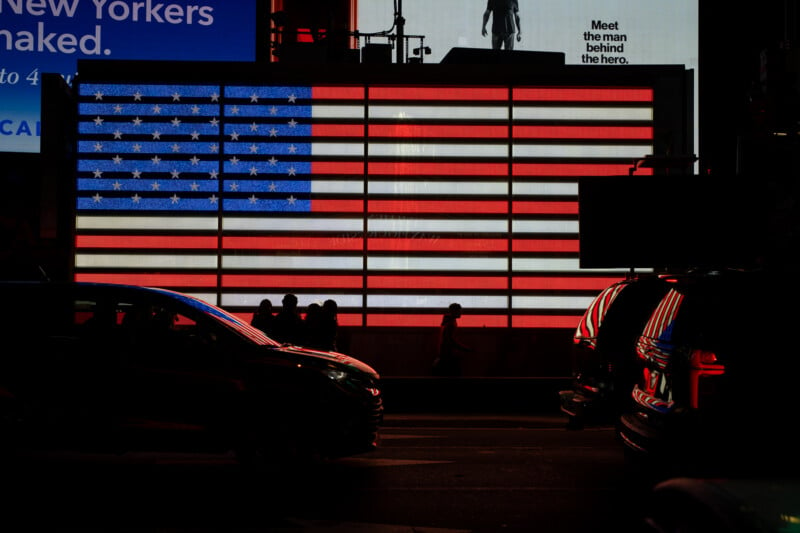
Are There Alternatives?
No other manufacturer makes an autofocusing lens that covers this range for Sony E-Mount. You could look at the Tamron 17-28mm f/2.8 lens or the Sony 16-35mm f/4 to get a similar experience, but the extra focal range of the 17-50mm is very appealing.
Should You Buy It?
Yes. The Tamron 17-50mm f/4 Di III VXD is a handy lens with a unique capability, and all at an affordable price.